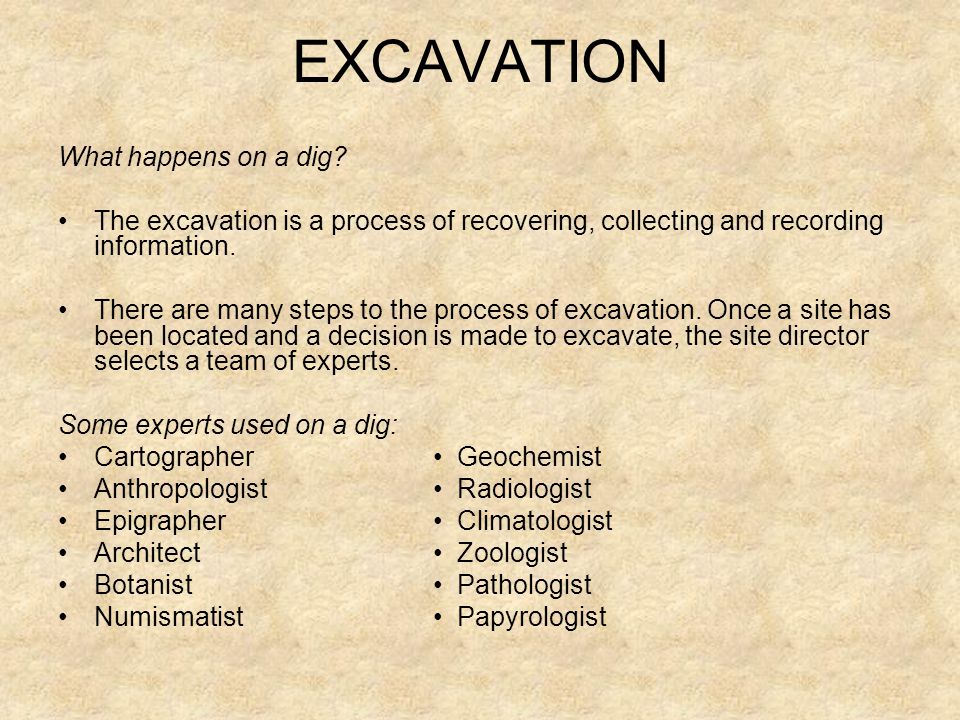Not known Details About Grading Contractors
Wiki Article
The Best Strategy To Use For Trencher
Table of ContentsThe Best Guide To TrencherThe smart Trick of Excavation Contractors Near Me That Nobody is Discussing8 Easy Facts About Excavation Contractors Near Me DescribedNot known Details About Concrete Contractors The Ultimate Guide To Excavator


Scrapers or Pans dig deep into dirt in one area, haul and also discard the dirt in an additional place (excavation companies). It is difficult to match the efficiency of scrapes for cut/fill soil operation if the haul range is less then a mile. Scrapes are usually pulled by a rubber tire wheel tractor and also are sometimes pushed with the cut area by a bulldozer.
There are often times that scrapers are not made use of for website grading as well as a dump vehicle is employed: the haul might be to long, the haul might cross roadways where scrapes are not permitted, hard rock may be come across, devices schedule, etc. Unload vehicles remain in typical usage as well as probably call for little conversation.
"Rock body" beds, on the other hand, have no tailgates and also can discard any type of dimension rock, although their quantity capability is decreased. Compaction Tools increases the density of the dirt and also in some cases provides a smooth, rolled surface area.
Little Known Facts About Excavation Contractors Near Me.
From a simple test pit to percussion drilling to core boring the proprietor has progressively extra pricey choices that produce significantly much better data regarding the site underground. The Proprietor on a 100,000 SF structure task might authorize twenty dull areas with split spoon soil examples taken up until rock is reached as well as then core examples of rock.Understanding the type and also high quality of rock (from the core examples) and location of rock (from the soils boring) is a real benefit in jobsite planning. Alternatively, the Proprietor of a 100,000 SF structure may decide to continue with no geotechnical testing whatsoever. The decision concerning geotechnical testing is normally made by a Proprietor with no input from the Building and construction Supervisor.
An understanding of the approximate area of the rock assists the Building and construction Manager to prepare the series of steps adhering to rock excavation. If rock is in one edge of a big structure project, for instance, the planet excavation could start at the opposite end of the structure in order to begin foundation job soonest.
Starting the structure job early would be a great idea if the rock might be removed by tearing. Nevertheless, if the rock is incredibly hard as well as calls for significant blasting, it may be sensible to hold structure work till the blasting is finished. The Building and construction Supervisor need to coordinate these sorts of decisions and use all the technological day readily available.
Not known Details About Excavator
Unclassified excavation states that all rock or various other unexpected materials (omitting harmful products) experienced in the sitework will be the duty of the Contractor at no adjustment in contract price. An unclassified excavation is simpler from a book-keeping viewpoint as well as positions the obligation for geotechnical have a peek at this website problems onto the Sitework Professional.How Water Impacts Sitework? It's impressive what a heavy rain can do to a building and construction job. Before the rainfall, the website might be completely dry, heavy devices successfully moving planet, the other trades efficiently performing their job. Within hours the project can be a sloppy, mud-hole with employee effectiveness cut to about 10%.
In a lot of locations of the world, the Building and construction Manager should keep in mind an easy truth: IT WILL CERTAINLY RAIN. Good planning can decrease the damages as well as disturbance of a heavy rainfall to a jobsite. Frequently the excavation and grading is delegated the Sitework Service Provider (and their Foremen is liable to oversee as well as route the heavy devices as well as drivers).
As A Result the Building and construction Supervisor should be continuously knowledgeable about what rainfall will certainly do to the task site. It is not uncommon for the Sitework Supervisor to work their hefty devices for optimal performance and hope it does not rainfall. One of the very best means to get ready for rainfall is to incline all grades to drain as well as to smooth rolled the surface prior to a rain.
Not known Facts About General Contractor
The Construction Supervisor need to be far-sighted enough to guarantee that heavy rain does not quit working on the task much longer you can try these out than necessary. Daily discussions with Sitework Foremen may be called for to attain this goal. At any time excavation is needed listed below the existing aquifer on a job, the process of dewatering need to be thought about.In a really natural dirt, the water travels so gradually through the clay or silt that dewatering is not usually required for the relatively brief time of excavation. Dewatering may be required for a single footing excavation or for a whole task site. One of the most typical dewatering techniques are trench drains, deep wells as well as well factors.

Ground water seepage can likewise be reduced by cutoff methods such as sheet loading. The prices for dewatering can be shocking, consisting of equipment service, labor as well as electricity (or fuel). High dewatering expenses have paled the revenue margins on much a lot of tasks. The many variables provided below make the task of estimating dewatering prices very difficult, as well as extremely inexact.
This alternative should always be considered when evaluating the prospect of dewatering. Undoubtedly the alternative is just viable if gravity can run the water to lower ground. Trench drains can be cut with a backhoe and loaded with a rugged, granular product (# 4 stone for instance), but care should be exercised in picking the water outlet kind and area.
An Unbiased View of Excavation Contractors Near Me
A siphon, necessarily, uses atmospheric stress to lug water from one elevation, up over an obstacle, you could try these out to a lower altitude. The pipelines in a siphon system have to be impermeable and some ingenuity is often called for to completely fill the siphon pipeline. The siphon pipeline should be complete for the siphon to begin.A deep well includes a pump, pipe and a vertical well casing. The pump intake is at the bottom of the well covering (usually some crushed rock is put down there as a filter tool) (grading contractors). The water is pumped up the pipe, out of the well casing, and to an ideal discharge area.
In a rugged sand, for instance, a big area can be pumped to near the pump consumption altitude. A less permeable dirt, on the other hand, minimizes the effectiveness of a deep well. Since the pump is normally at the end of the deep well, there are no height constraints due to vacuum lift, and deep wells can reduce the groundwater over 50 feet.
Under of the wellpoint there is a 2 foot long screen as well as valve, water jets out of this valve and also develops an opening right into which the wellpoint pipe can be lowered. This opening is commonly made a larger diameter (for example 10 inches) to enable a crude sand backfill to help filter the water (excavating contractors).
Report this wiki page